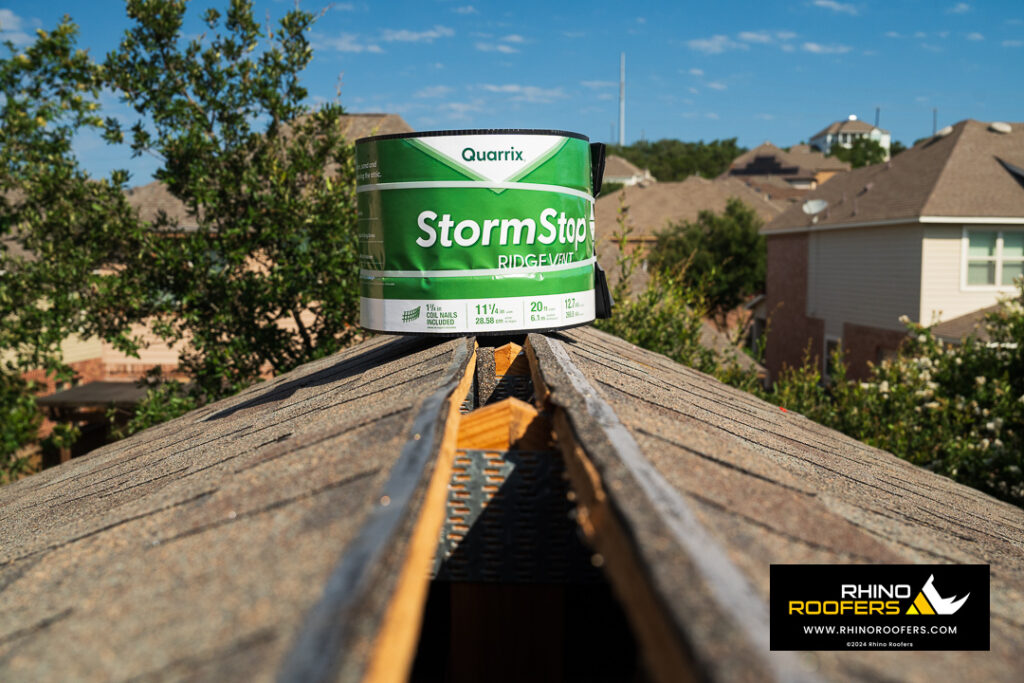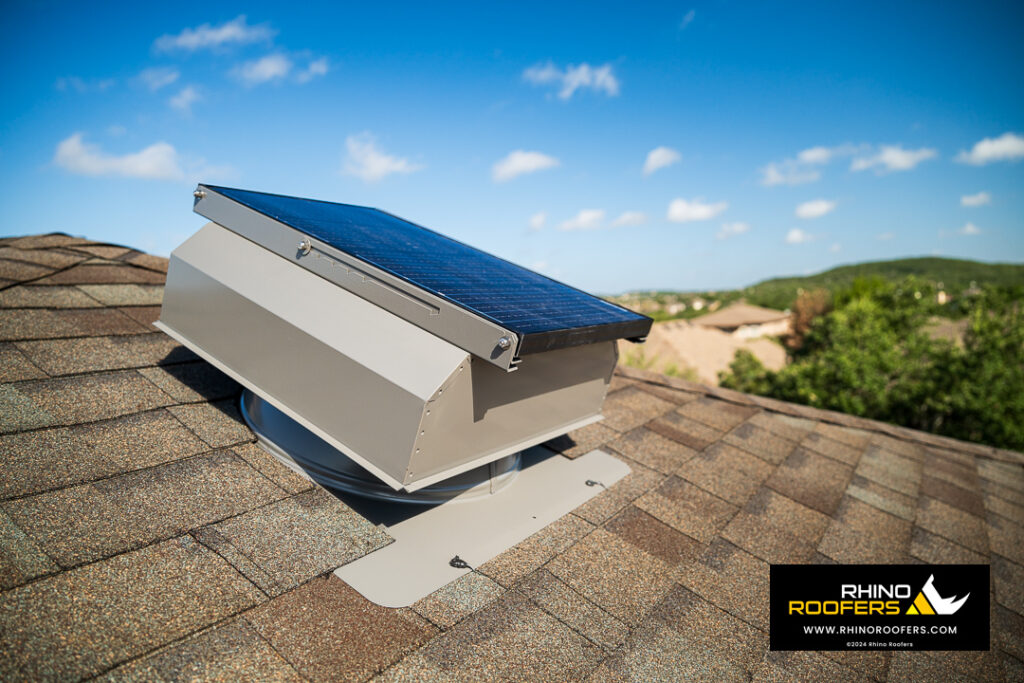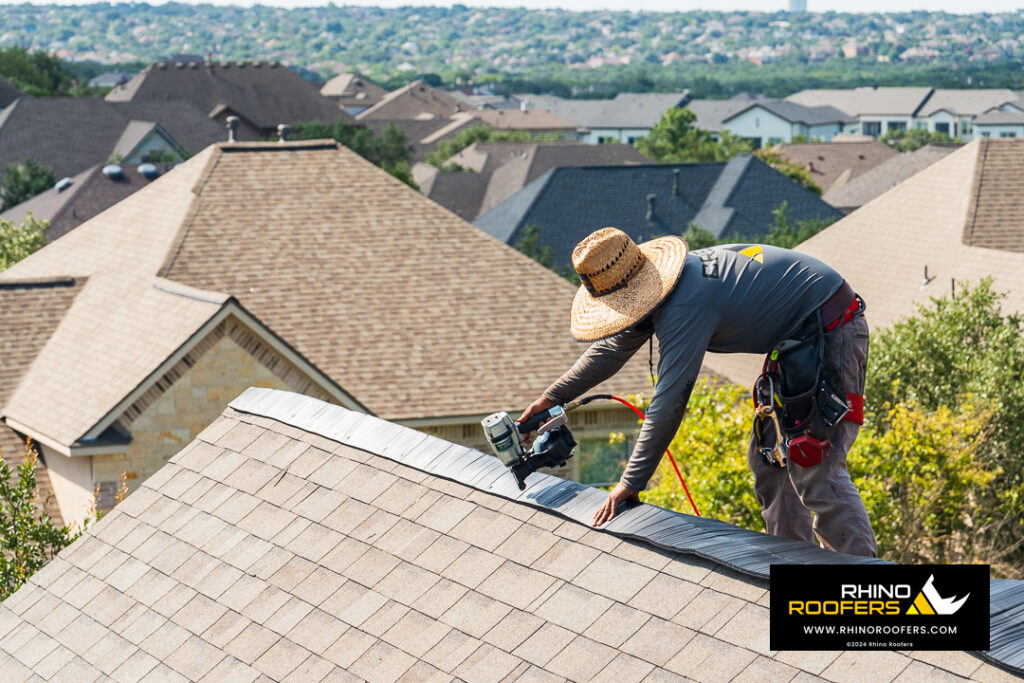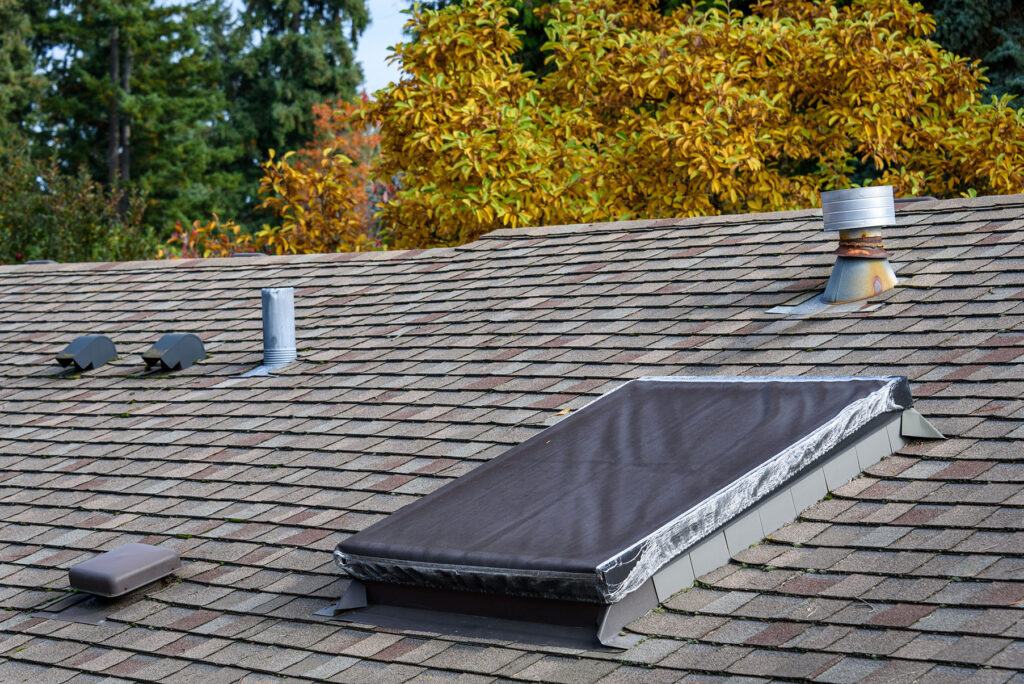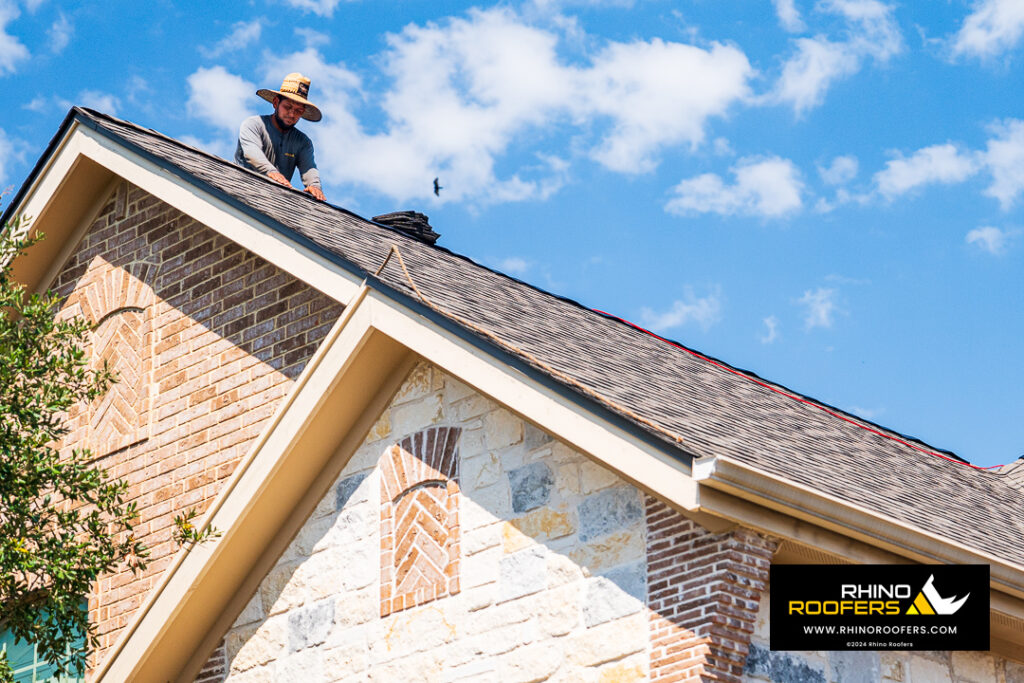WE BUILD TOUGH ROOFS.
Professional Attic Ventilation Service San Antonio
*update*
Rhino Roofers did an amazing job fixing my roof, gutters, and solar panels. From start to finish, they were extremely professional, always on time, and communicated clearly throughout the entire process. They made everything stress-free and delivered high-quality work. I definitely recommend them to anyone needing roofing services!
He arrived ahead of the scheduled time and was overall outstanding in all that he did. I would highly recommend him and Rhino Roofers to anyone.
Tara was very quick to call and schedule my appointment for the next day!
Kurt and his assistant Jupiter were EXTREMELY professional and thorough with their presence and their inspection.
They both were very friendly and turns out we all had a lot in common so the time spent with them was enjoyable.
They did a great job displaying their company's process in their inspection process as well as their presentation at the end showing me all of their findings on my roof as well as what could be done better on the replacement such as higher grade shingles and a attic vent fan instead of traditional attic venting.
They went through each step of the replacement process including precautions to the home to keep the job site safe and damage free as well as what products they will be using on my roof and how they all work together to give me the best protection, warranty, and lifetime.
I recommend Rhino Roofers to anyone for all your roofing needs
We have since had a spectacular and howling wet storm and nothing leaked.
There was one hiccup and that was a misunderstanding about the roof of an ADU in the back yard. It wasn't included in the first visit as I had expected, and I put my question to Rhino. They did a review and saw that the insurer had indeed included the ADU.
I had some additional out of pocket for that job, too, and Rhino let me know up front exactly what my part would be. The work was scheduled, done, and they even included adding a much needed turbin vent that I had previously bought.
I couldn't be more pleased with the Rhino team. They work hard to keep you informed at every step, work closely with your insurer to get you optimum settlement funds (even after you thought it was settled), and follow up to make sure nothing was missed and you are happy with the results. l have even had a compliment from a neighbor on how nice the new roof looks!
How my new roof would be installed was explained in detail & Rhino Roofers take the extra steps to ensure my new roof lasts as long as possible. Next, the way the roofing crew took the extra time to lay down tarps as well as cover the exterior sides of my house before starting the job ensured that my house was protected & zero trash was left behind when the job was completed.
The roofing crew was fast, professional, & the project manager was always available during the installation to answer any questions I had. Once the job was completed, I was given a final detailed explanation of the work that was performed & all of my remaining questions were answered.
Lastly, I would like to say that the entire roofing process was well organized & coordinated. I was given continual status updates on where I was in the process from beginning to end. The scheduling & billing departments were all prompt, courteous, & extremely professional.
I highly recommend Rhino Roofers & while I hope I don’t need a new roof anytime soon, I would definitely use them again when the time comes for my next new roof.
R.GONZALEZ.
USAF VET
San Antonio's Attic Ventilation Service Pros
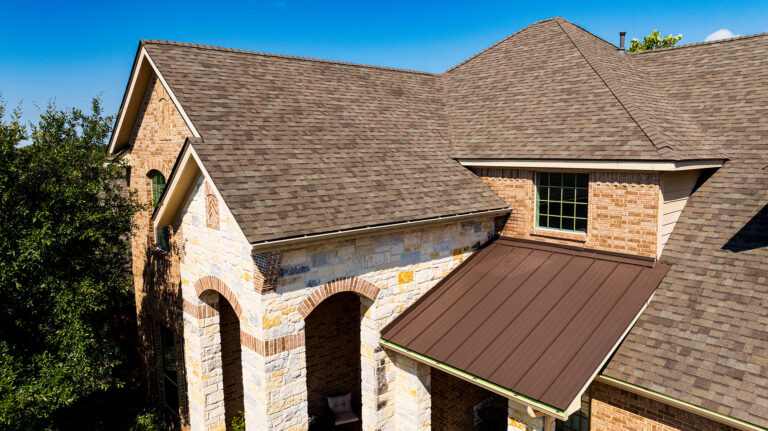
Expert Attic Ventilation Services for San Antonio, Austin & Surrounding Areas
Our expert attic ventilation specialists evaluate your attic’s unique needs and will recommend high-quality ventilation systems, ensuring your home stays cool in the summer and protected from moisture damage year-round. When you choose Rhino Roofers, you’re choosing San Antonio’s trusted experts in roofing and attic ventilation. We are committed to exceptional craftsmanship and offer tailored solutions that fit your home’s structure and budget.
Whether you need ridge vents, soffit vents, or a complete ventilation overhaul, our team uses advanced techniques and durable materials to ensure long-lasting performance. Don’t let poor attic ventilation compromise your roof’s durability or your home’s comfort—contact Rhino Roofers today and experience the difference in professional attic ventilation services.
Reliable Attic Ventilation Service for San Antonio
Benefits of Proper Attic Ventilation in South Texas
Summer Benefits:
- Expels trapped heat, reducing attic temperatures and strain on your air conditioning systems.
- Lowers energy bills by improving your home’s cooling efficiency.
- Prevents roof damage caused by excessive heat buildup.
- Minimizes moisture accumulation, reducing the risk of mold growth, wood rot, and insulation damage.
Winter Benefits:
- Regulates moisture levels, preventing condensation that can lead to structural damage.
- Ensures insulation performs optimally, keeping your home warm and energy-efficient.
Year-Round Advantages:
- Supports roof longevity by preventing heat and moisture-related damage.
- Reduces overall energy consumption for a more sustainable and cost-effective home.
- Promotes a healthier indoor environment by controlling moisture and improving air quality.
Types of Attic Ventilation
Roof & Attic Ventilation in San Antonio & South Texas
Attic Ventilation: Solar Powered Attic Fans
Let your attic breathe with our advanced solar-powered attic ventilation systems—designed to keep your home cooler, more efficient, and better protected year-round. Powered entirely by sunlight, these systems operate without electrical wiring or monthly energy costs. By actively drawing in cooler outside air and expelling trapped heat and moisture, our solar fans regulate attic temperatures throughout the day. This helps prevent mold, extends the lifespan of your roof, and significantly reduces the load on your HVAC system.
Especially important in Texas climates like San Antonio, solar powered attic ventilation not only lowers your cooling costs but also improves the performance of your attic insulation and air conditioning equipment. Excess attic heat can degrade insulation and reduce your HVAC’s energy efficiency. Our durable, high-performance fans are built with commercial-grade materials, engineered to withstand harsh weather, and backed by a lifetime parts warranty—making them the ideal long-term upgrade for your home.
Key Benefits of Our Solar Attic Ventilation Systems
Removes Heat & Moisture: Continuously exhausts hot, humid air to reduce mold risk and energy loss.
Lowers Cooling Costs: Keeps attic temperatures lower so your AC system uses less energy.
Extends Roof Life: Reduces thermal stress on shingles, preventing premature aging and damage.
Boosts Insulation Efficiency: Maintains cooler attic conditions, helping insulation perform better—especially in older homes.
Enhances HVAC Performance: Lowers attic heat load so your system runs more efficiently and lasts longer.
Fully Automatic Operation: Runs when the sun shines—no wiring, no switches, no hassle.
Built Tough: All-metal construction, windstorm tested, and designed for long-lasting durability.
Lifetime Parts Warranty: Enjoy peace of mind with industry-leading warranty coverage.
Ridge Vents
Ridge vents are long, narrow vents installed along the peak of a roof, designed to provide continuous airflow in and out of the attic. They work by allowing hot air to naturally escape through the ridge while cooler air enters through soffit vents, creating a balanced ventilation system powered by natural convection.
This passive airflow helps regulate attic temperatures, reduces moisture buildup, and protects your roof from damage.
Ridge Vent Pros:
– Long last durability
– Consistent, energy-efficient ventilation without moving parts
– Sleek design that blends seamlessly with the roofline.
Cons:
– Potential for reduced effectiveness in homes without adequate soffit vents or in areas with low wind or airflow
Proper installation is crucial; poorly installed ridge vents can allow water or debris to enter the attic.
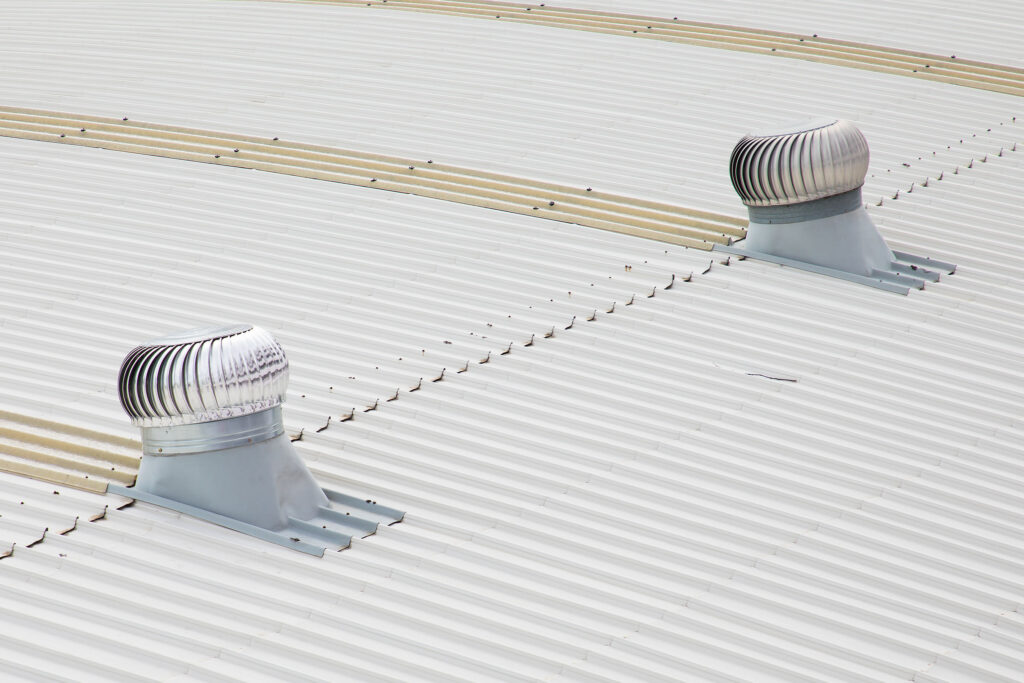
Turbine Vents (Whirlybirds or Dome Vents)
Turbine vents, known as whirlybirds or dome vents, are roof-mounted ventilation devices that use wind power to expel hot and humid air from the attic. They feature a spinning turbine that rotates when wind passes through it, creating a suction effect that draws stale air out of the attic. This process enhances natural airflow, keeping the attic cooler and reducing moisture buildup.
Turbine Vent Pros:
– Very effective in windy areas
– Affordability
– Energy-efficient and able to function without electricity
– Easy installation and maintenance
Cons:
– Decreased performance in areas with little to no wind
– Mechanical components easily wear out over time
– Prominent appearance on the roof may not appeal to all homeowners
Proper installation of turbine vents is crucial to prevent leaks and maximize efficiency.
Attic Fans
Attic fans are motorized ventilation devices installed on the roof or gable to remove hot air from the attic. They work by using electricity or solar power to drive a fan that pulls air out of the attic, often controlled by a thermostat or humidistat to operate only when needed. By expelling excess heat and moisture, attic fans help regulate attic temperatures, reduce strain on HVAC systems, and protect the roof from moisture-related damage.
Attic Fan Pros:
– Ability to provide powerful ventilation
– Ability to work well regardless of weather conditions
– Improved energy efficiency that assists in extending life of roof
– Solar-powered attic ventilation fans are also available, which are eco-friendly and energy-cost saving
Cons:
– Increased energy usage with electric models.
– Proper sealing by a professional is required
When installed and maintained correctly, attic fans can be an effective solution for enhancing home ventilation.
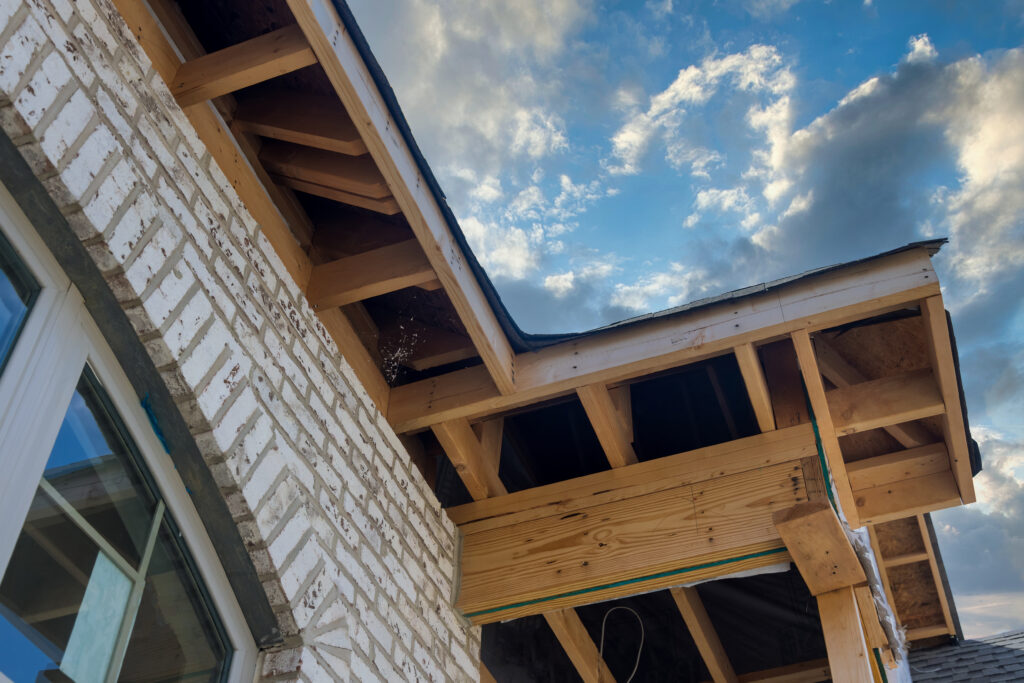
Soffit Vents
Soffit vents are ventilation openings installed beneath the eaves of a roof, allowing cool air to enter the attic as part of a balanced ventilation system. They work in conjunction with exhaust vents, such as ridge or gable vents, to create a continuous flow of air, drawing in fresh air through the soffit vents and pushing out warm, stale air through the exhaust vents. This airflow helps regulate attic temperatures, reduces moisture buildup, and improves overall roof health.
Soffit Vent Pros:
– Prevent ice dams
– Reduce energy costs
– Protect the attic from mold & mildew by maintaining a balanced airflow.
– Discreet and can be installed in a variety of styles to match a home’s aesthetic.
Cons:
– Reliance on proper exhaust venting to function effectively
– Can become blocked by insulation or debris, reducing their efficiency.
Regular maintenance and careful installation are essential to maximizing the benefits of soffit vents.
Save More with a 30% Federal Tax Credit on Solar Attic Fans with Rhino Roofers
The Most Asked Roof and Attic Ventilation FAQs
Why do I need attic ventilation?
Attic ventilation is essential for maintaining a healthy, energy-efficient, and durable home. It regulates airflow in the attic, preventing excessive heat buildup during hot months and reducing the risk of condensation and moisture damage year-round.
Proper ventilation helps lower energy costs by easing the strain on your HVAC system, keeping your home cooler in the summer, and preserving indoor warmth in winter.
Additionally, it protects your roof by preventing issues like mold, wood rot, and shingle deterioration caused by trapped heat and humidity. Whether through ridge vents, soffit vents, turbine vents, or attic fans, a well-designed attic ventilation system enhances your home’s comfort, reduces energy consumption, and extends the lifespan of your roof, making it a crucial investment for any homeowner.
What attic ventilation types do you offer?
At Rhino Roofers, we offer a variety of attic ventilation solutions tailored to meet your home’s unique needs. Our options include:
– Ridge vents, which provide continuous, natural airflow along the roofline, and soffit vents, which work in tandem with other systems to draw in fresh air.
– We also install turbine vents (whirlybirds), an energy-efficient choice for areas with consistent wind, and powered attic vents, including solar-powered models, for homes needing enhanced airflow.
– Additionally, we offer alternatives like attic fans, which can be both traditionally electrical or solar-powered.
Our team of experts will assess your attic’s specific requirements to recommend and install the most effective combination of ventilation types, ensuring year-round comfort, energy efficiency, and roof protection.
How will proper attic ventilation reduce my energy bill?
Proper attic ventilation is critical to lowering energy bills in San Antonio, Austin, and South Texas, where hot, humid summers place heavy demands on cooling systems.
By allowing hot air to escape and drawing in cooler air, attic ventilation prevents your attic from becoming a heat trap that transfers warmth into your living spaces. This reduces your air conditioning system strain, leading to lower energy consumption and extended HVAC lifespan.
In winter, ventilation helps regulate moisture and prevent insulation from becoming damp and less effective, maintaining your home’s energy efficiency. Whether through ridge vents, soffit vents, turbine vents, or attic fans, a balanced ventilation system ensures your attic stays cooler and drier, saving you money on heating and cooling costs year-round.
How can I tell if my attic is ventilated properly?
Proper attic ventilation can significantly reduce energy bills in the hot climates of San Antonio, Austin, and South Texas by improving your home’s energy efficiency. By allowing hot air to escape and drawing in cooler air, ventilation prevents the attic from acting as a heat sink that radiates warmth into your living spaces. This reduces the workload on your air conditioning system, leading to lower electricity usage during the sweltering summer months.
Effective ventilation helps prevent moisture buildup in the cooler winter months, keeping insulation dry and maintaining its effectiveness, which reduces heating costs.
With a well-ventilated attic, you’ll enjoy a more comfortable home while saving money on energy expenses year-round.
What is the best attic ventilation?
The best attic ventilation for homes in San Antonio, Austin, and South Texas depends on your roof’s design, your home’s size, and the region’s hot, humid climate. A balanced system combining intake and exhaust vents is ideal, with ridge vents paired with soffit vents being popular for their efficiency and discreet appearance.
Ridge vents allow warm air to escape along the roofline, while soffit vents draw in cooler air, ensuring continuous airflow.
For homes needing more active solutions, turbine vents or powered attic fans, including solar-powered options, can enhance ventilation during South Texas’s sweltering summers.
Ultimately, the best system is tailored to your home’s specific needs and installed by professionals who understand how to maximize airflow while protecting your roof and lowering energy costs year-round.


